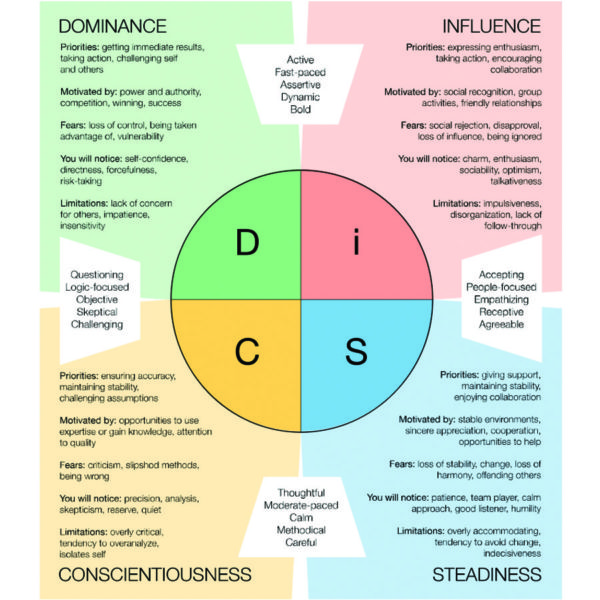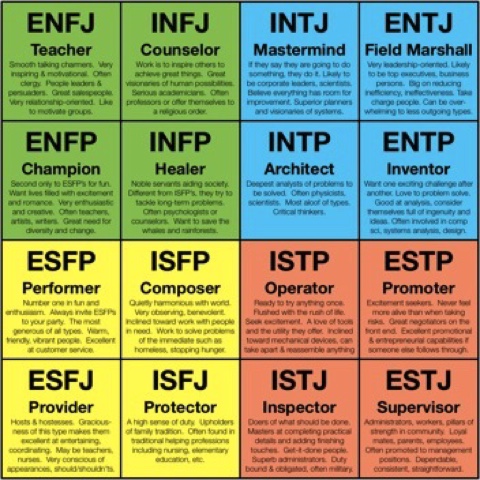I have received quite a few inquiries from clients lately regarding the use of online workplace assessments and how to dig in at a deeper level to reveal a candidate’s abilities and assess whether they will be a good fit in the organization. Specifically, commercial construction companies want to know if there are reliable measures to learn more about a candidate’s personality and see if they will be a good fit for a specific position. I have quite a few thoughts regarding this topic and believe me, one blog post will barely scratch the surface, but I wanted to take an opportunity to address this question in more detail.
FIRST….the question about whether or not online personality assessments work will boil down to how you plan to utilize the information. Most online assessments were designed with team collaboration in mind. By that I mean, their purpose is to give more insight into how an individual’s brain works so that employers and colleagues understand effective ways to communicate and work alongside them and to become more aware of what a candidate’s potential strengths and weaknesses may be. What these tests can’t do, however, is accurately predict whether a candidate will actually succeed on the job. A more accurate indicator of success on the job will boil down to past successes as indicated through results achieved, referrals from previous supervisors and an in-depth analysis from an industry professional (like Schooner Executive Search).
However, these assessment tools can be incredibly helpful for uncovering ways to motivate employees, how to communicate information and foster a positive work environment to set up all team members for success. Here are some of the most common online professional assessments along with their pros and cons:
Myers-Briggs: This personality assessment is one of the oldest out there and believe it or not, was first created by a Mother-in-Law that couldn’t grasp how her son-in-law could think so differently from herself (true story!). Despite the quirky background, this assessment has been used by virtually every large company at one point or another and breaks individuals into 16 distinct personality types. The test results do align with specific roles that a candidate may be best suited for but some argue the test is too black and white and doesn’t account for the fact that most people fall somewhere in the middle of these categories. While tried and true, the test is best when administered by a professional and more importantly the results can be cumbersome to interpret without proper training.

DiSC: This lesser known test is gaining quickly in popularity and for those that use it, they are very passionate about sharing their results. As opposed to relegating people to 16 distinct categories in the way MBTI does, this assessment is shorter and tends to be a more accurate indicator of how a candidate will behave externally. While Myers-Briggs is excellent at capturing a person’s innate personality type it does not necessarily account for adjustments, learned skills and behaviors that an individual has built up over time. DiSC, on the other hand, examines how a candidate will actually perform on the job and some argue this is a more flexible assessment tool that translates more to real life.

Clifton Strengths Finder by Gallup: 18 Million people and counting – or so their site claims. This popular workforce assessment tool has been adopted by many organizations including smaller companies, most likely due to the many areas is assesses and ease of interpretation. Unlike DiSC and MBTI, this tool is rather intuitive, can be administered quickly online and understanding its results are quite simple for both the individual as well as senior level leaders.
I think it’s important to note – no make that EMPHASIZE – that there are no studies that show these strengths tests actually improve workforce performance or hiring practices. That’s not to say they aren’t an important tool for gauging a potential cultural fit, but it needs to be considered as part of a broader landscape that looks at past performance indicators, tenure at previous companies, outside interests, referrals from previous colleagues and managers as well as an in-depth skills analysis. Only then, will you be able to tap into the top-tier of talent that can truly drive change at your organization.


Recent Comments